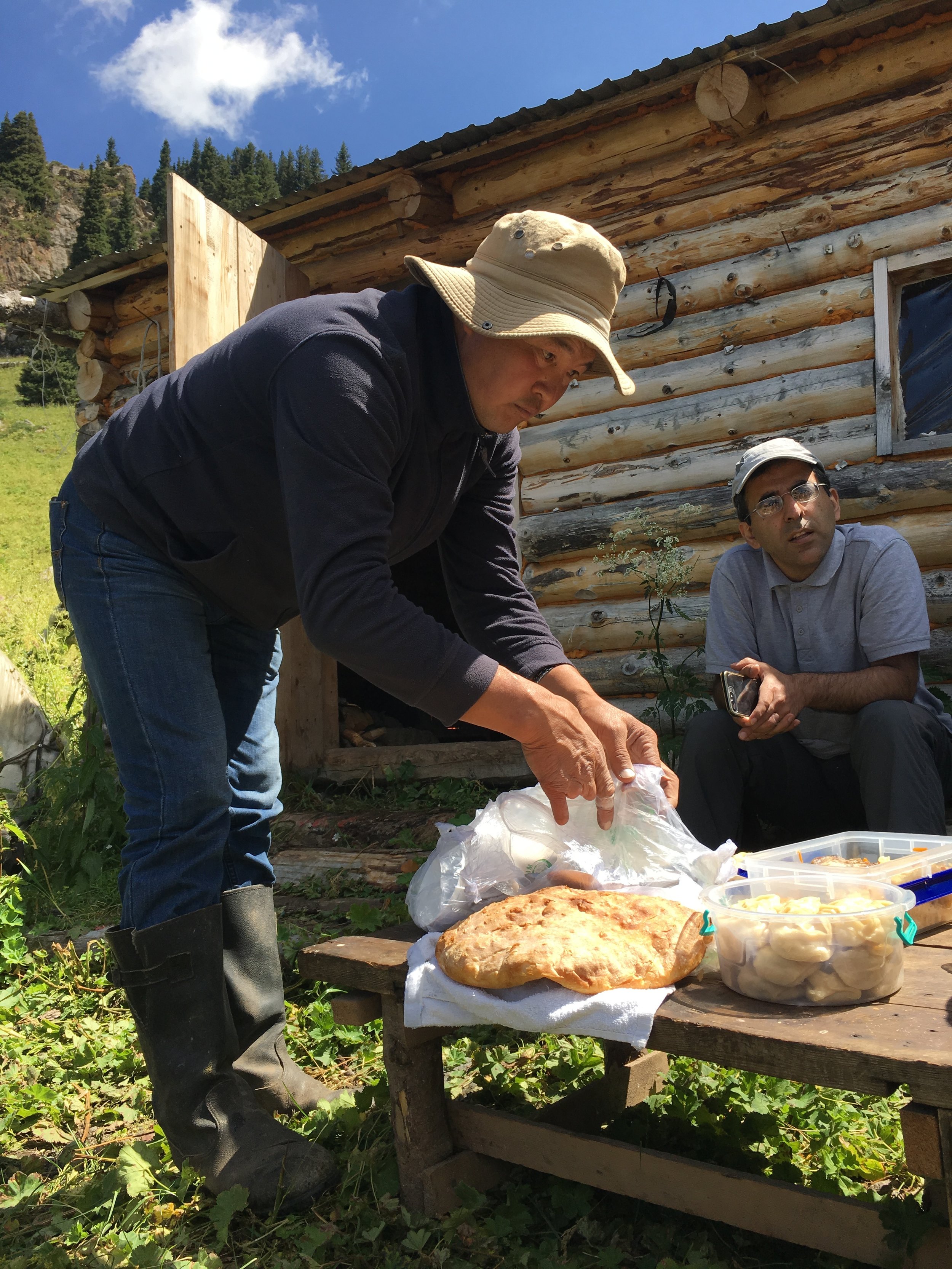Photo David Donnelly
Dear Friends,
Its been so long since I’ve updated the project and I’ll admit that this is partly due to feelings of shame, of not being able to report any scientific progress, and the difficulty in writing about the dark side of conservation research…..the never ending and often desperate search for funding. In September last year, our industry partner who had pledged to fund at least half the project pulled out due to the drop in oil prices. Since then, I’ve spent every waking hour with an unbridled determination I’ve not witnessed in myself, trying to find other avenues for funding. These include:
· government grants,
· NGO grants,
· talking to industry,
· talking to Institutes,
· asking for small contributions from all the snow leopard range countries,
· offering to train research teams for free on genetic sampling techniques,
· using my rapidly dwindling living expenses to fly to Germany to pitch to government ministries,
· finding a way to get myself to the CITES Conference of the Parties meeting in Sri Lanka to give a 5 minute pitch on the application of our technology for illegal wildlife trade detection,
· forming partnerships and collaborations with organisations that might open doors to funding opportunities,
· exploring the possibility of turning the project into a Start Up company, and
· paying my way to fly to Alberta to talk face to face with industries that might benefit from the technology for environmental impact assessments.
Adding to this is the sheer frustration that so many individuals and organisations support the idea, even stating how desperately they need the technology to monitor cryptic species and build the capacity of customs officials to detect illegally trafficked wildlife products….yet funding remains elusive. Through all of this, I’m away from my tribe of conservationists as I’m working with a lab whose focus is on human health. The loneliness on a journey like this can be absolutely overwhelming at times. These are the conservation stories that are rarely told, and I’m adamant need to be told more as I’m by no means alone in these struggles. They are essential to rebuild the respect, support and trust of the public in what we do…..showing our humanness and vulnerability.
I still have hope, am still determined and thankfully I’m beginning to see some light of opportunity shining through. Despite not having a physically present tribe….the support and encouragement of so many have helped me continue. This is a path that can ultimately cut through the ego and open up a compassionate heart capable of lighting the world.
Thank you to you all for your continued support,
Nat x
Photo Dibesh Karmacharya
































